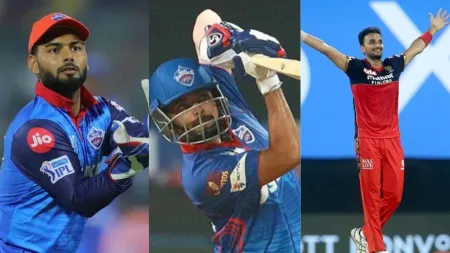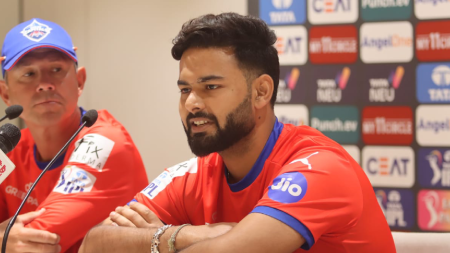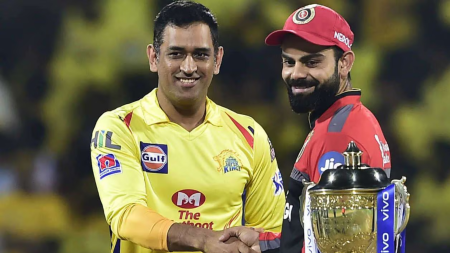There are peaks and troughs and then there is the Indian national football team.
A predictable nil-nil draw in Abha, Saudi Arabia against Afghanistan, ranked 158 to India’s 117, in a World Cup qualifier second-round match once again highlighted the one consistent trait in this Indian team – their inconsistency. The scoreless draw meant that the national team hasn’t scored a goal since a 0-1 away win against Kuwait in November 2023.

The lack of goals against the Afghans, on the back of a poor Asian Cup where India let in six goals but didn’t get a single one of their own over three group games, puts further pressure on coach Igor Stimac. The Croatian had, after all, put all his eggs into one basket and waived the continental tournament off in the hopes of pulling the country into the third round of the WCQ and with it, qualify for the 2027 Asian Cup directly.
That dream might still be on the table, but it has become a lot tougher after only a point was gained when three easy ones were on offer on Thursday night. India will need at least four points from their next three matches – against Afghanistan (March 26), Kuwait (June 6) and Qatar (June 11) to remain in control of their fate.
India under Stimac has become predictable.
It’s clear especially when facing Afghanistan, a team they routinely outrank yet routinely falter against. This is the fourth time in five years that they have faced them and the scorelines read 1-1, 1-1, 2-1 and 0-0. The solitary win came in Kolkata thanks to a late, late winner from Sahal Abdul Samad.
On Thursday, chances were barely mustered. Crosses came in deep from the flanks and were directed at players smaller than the defenders they were up against. It led to easy clearances and little to no ‘quality’ opportunities offered to the attackers. It was a far cry from the attacking patterns India was employing last year at home against opponents like Lebanon and Kuwait.
Stimac’s takeaway on that clear drop in quality: “We tried all of the players we had available in the frontline but it did not work today. There are a few things we need to improve on obviously as we complicate simple things today in the offensive plan. I am not happy about that. But we need to be better in passing, creating chances and attacking the box when the crosses are coming from the flanks.”
The difference in football that’s there for all to see when India plays after a long national camp versus when they step onto the field in the middle of the league season in the country is perplexing. The same players that Stimac’s coaching staff buff out and shine in long national camps regress to their inevitable mean when out of those camps – irrespective of the occasion or the tournament.
It has led to a situation where three international tournament wins at home – with good attacking football played through a foundation of smart pressing at the top of the field, is followed by baffling displays.
Stimac, a part-time coach
In a way, Stimac is India’s part-time coach. Bereft of responsibility when not given his preferred month-long camps. Eager to blame a league and its coaches for not providing the players he chooses the game time he feels they deserve. Why else would the national team coach on the eve of two games against Afghanistan, say, “There are various options to get there and obviously, nothing will be decided in the next two games. The matches in June against Kuwait and Qatar will tell us everything,”?
The Kuwait and Qatar games come when the domestic season has finished in India. It allows Stimac time to hold a camp, raise the fitness levels of his players once again and then run an intensive game where the national team often matches up to opponents of higher quality.
It also allows him to drum up the ‘underdogs’ and ‘us vs the world’ mentality that he often finds refuge in when the going gets tough. It still doesn’t provide a solution to play better against teams like Afghanistan and Bangladesh or rack up consistent wins against ASEAN teams when facing them in friendlies and actual competition. It certainly doesn’t provide an answer to how India plays when the luxury of a full month is not afforded to the coach.
As murmurs for sacking the Croatian get louder, Indian football continues to be stuck at an impasse. A new coach, a new setup might not be the win that most think it could be. But insipid displays against Afghanistan and Bangladesh over two World Cup qualifier cycles drain away at any of the work that the 56-year-old has inspired in his reign.
Disclaimer: The copyright of this article belongs to the original author. Reposting this article is solely for the purpose of information dissemination and does not constitute any investment advice. If there is any infringement, please contact us immediately. We will make corrections or deletions as necessary. Thank you.







